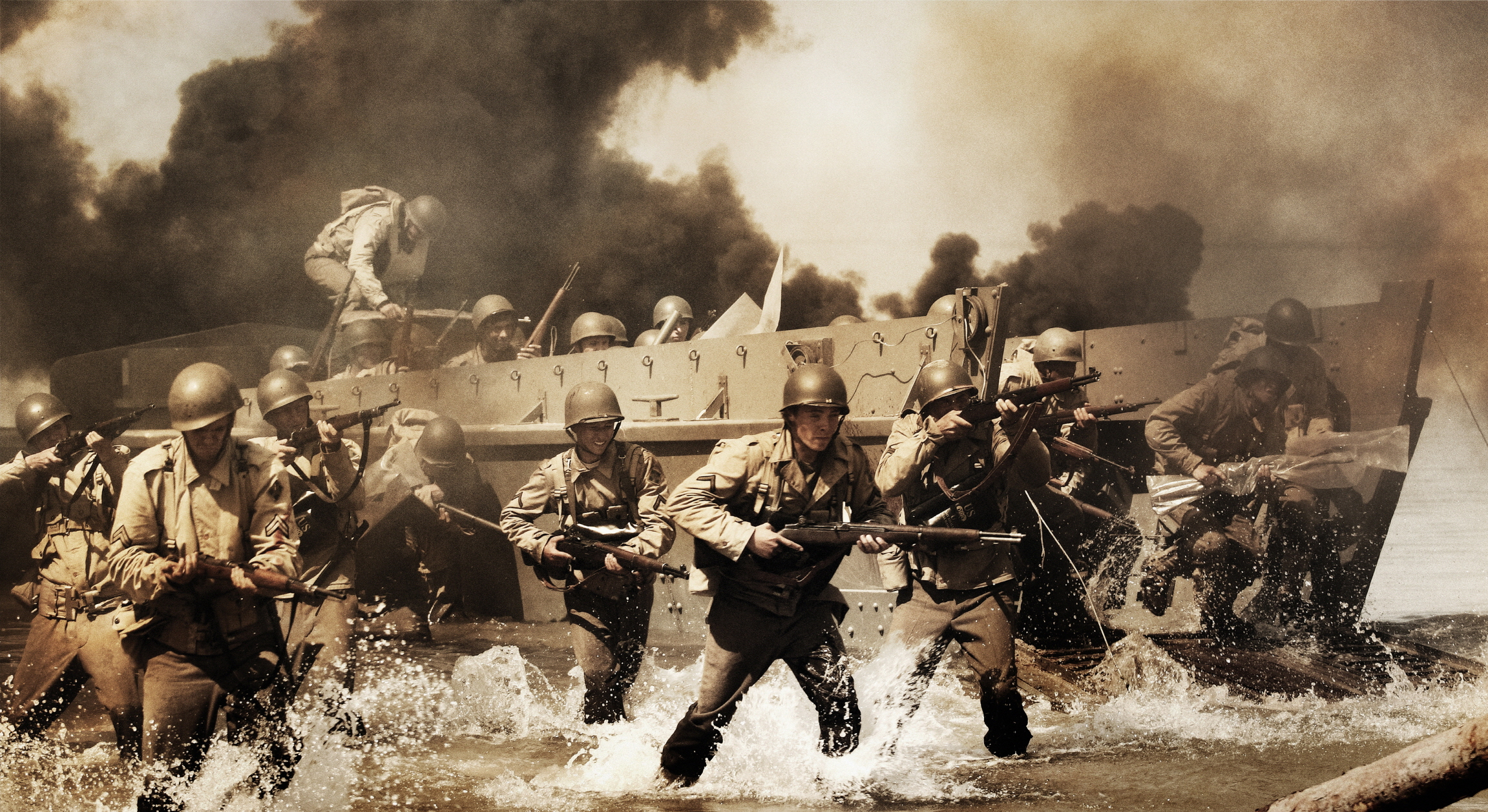Every story has more than one side, and World War II is no exception. One of Korea’s most prestigious directors, Kang Je-kyu, aims to unfold the side that American cinema has done little to explore in his new film “My Way.”
After its initial debut on April 20 in New York and Los Angeles, the film “My Way” is opening across the U.S. today. It has gained attention for tackling the highly controversial topic of Japanese occupation while also being the largest budget Korean film to date at $23 million.
In “My Way,” Kang follows the events in the life of the Korean marathon runner Jun-shik Kim. Alongside Jun-shik is aristocratic Tatsuo Hasegawa. The two grew up in Korea together as friendly competitors.
The onslaught of tension in light of the Japanese occupation of Korea turns the rivalry into a bitter blood battle. Yet, the competition soon becomes a matter of minor concern upon the arrival of WWII.
Jun-shik and Tatsuo become imperial soldiers of Japan; Tatsuo serves as an all-powerful colonel, while Jun-shik is forced into service with other unwilling Koreans. As the two fight against Chinese and the Soviets, they find themselves overtaken by the Soviets and made into involuntary soldiers.
Eventually, they manage to escape from the Soviet army and make their way to Germany. There, the unlikely pair come into the service of the Nazi armed forces as unwilling POW’s and must fight their way through the turmoil of war upon the arrival of D-Day on Normandy Beach.
Along the way, Jun-shik and Tatsuo learn that they are each other’s greatest hopes in achieving their dreams of returning home. Through their common dream, these old enemies learn to grow past their prejudices.
Kang gives a narrative on WWII unlike any other to grace American theater screens. In some ways, the film is reminiscent of “Saving Private Ryan,” particularly in the filming style of the war scenes. Much like Spielberg, Kang continues storytelling techniques through the gore scenes using first-person camera angles to convey the character’s reactions. Nevertheless, the film gives a genuinely fresh account of WWII.
As Korea’s first film dealing with WWII, it exposes the racial tension between Korea and Japan as a product of the Japanese occupation. It also touches on the prejudices between China and Japan, as well as between the Soviets and the Asian countries.
Because the film deals with such a broad spectrum of cultures and discriminations, the film contains extremely violent scenes and very frank racial slurs. But the use of such devices provides context rather than tastelessness, thereby enhancing the authenticity of the performance.
The film’s battle scenes are extremely graphic. They never seemed to be overacted and for the most part were very shocking and believable. One scene in which the Japanese force the Korean soldiers to involuntarily commit suicide bombings for honor in an attack against the Soviets is particularly powerful. These scenes are hugely successful in illustrating the true horror of war.
Despite the film’s extensive budget, it appears that some of the effects were overdone or unfinished. Though the occasional use of excessive blood or faulty-looking stunts would take the viewer out of the moment, Kang easily draws them back in with his charged narrative.
“My Way” provides an entirely new perspective on WWII while communicating a message of loyalty, hope and humanity. The film is sometimes difficult to watch for its controversial content and graphic depictions. Yet, for those who can watch all the way through, the film artfully tells a side of the story worth hearing.
